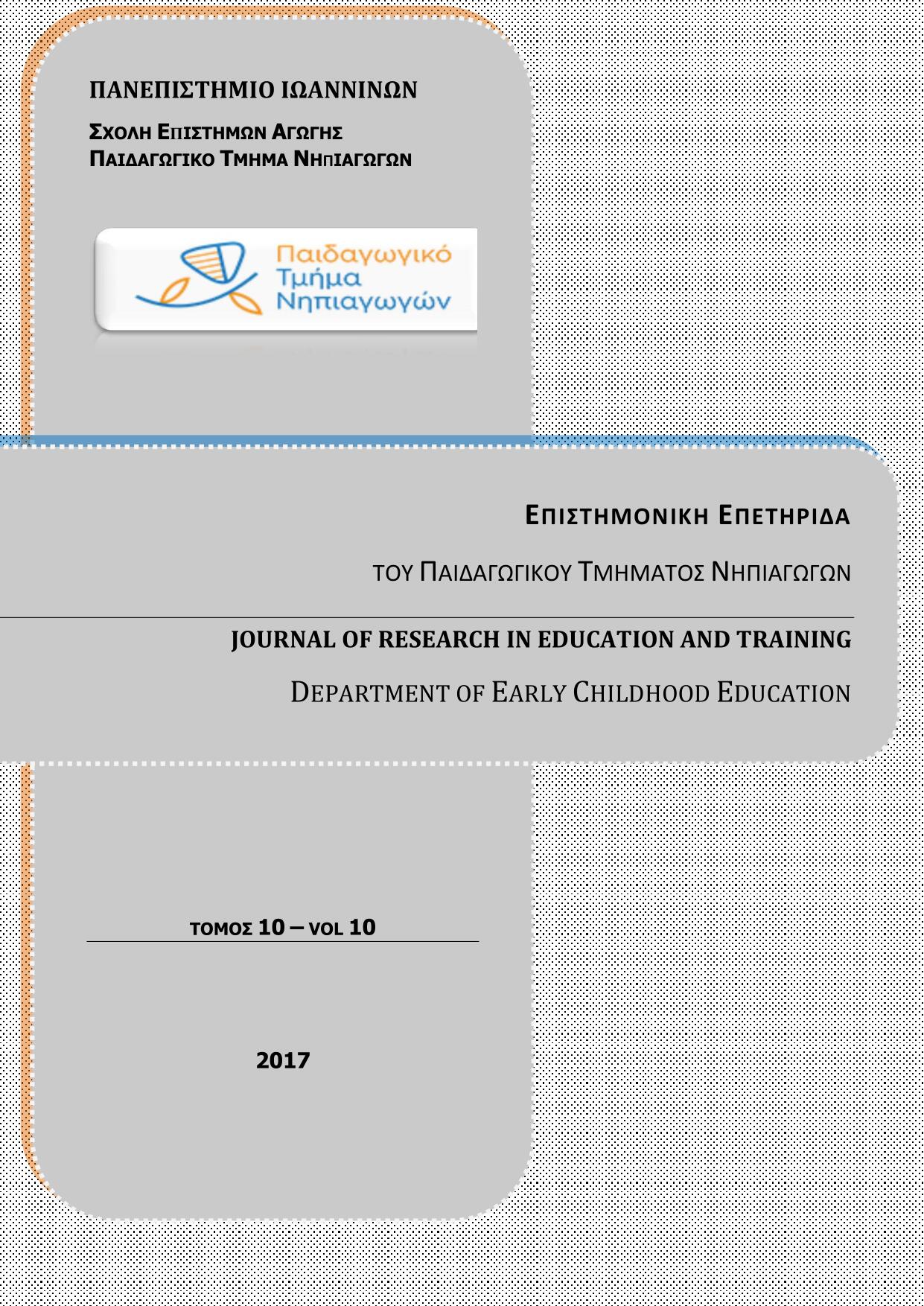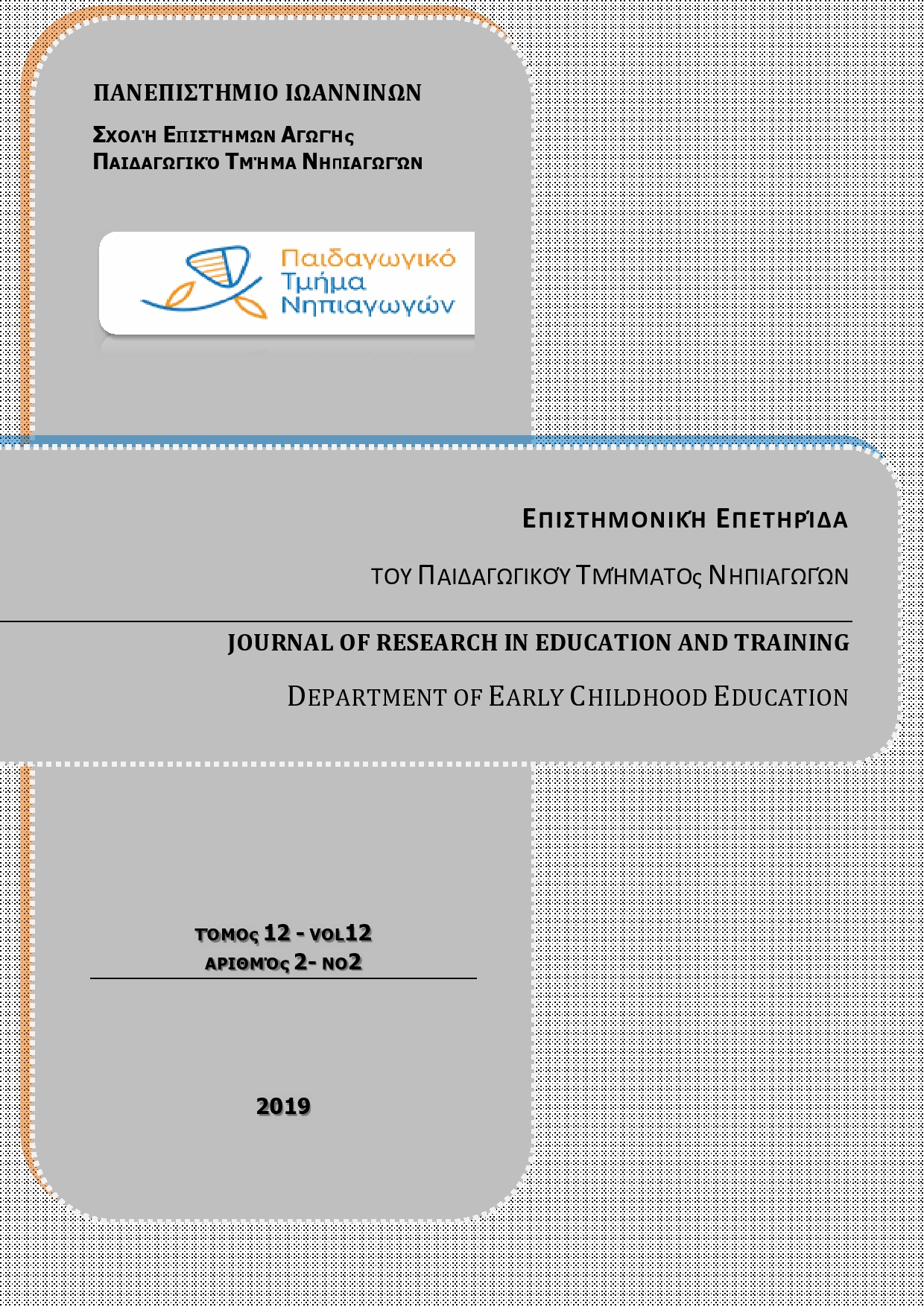Η κλινική συμπτωματολογία και η ψυχοκοινωνική υποστήριξη των πασχόντων με αλμπινισμό

Περίληψη
Στην παρούσα εργασία, μέσω επικαιροποιημένης βιβλιογραφικής ανασκόπησης, περιγράφεται η συμπτωματολογία των πασχόντων με αλμπινισμό και η ψυχοκοινωνική τους υποστήριξη, σε ανταπόκριση στις διατυπωμένες ανάγκες συναφούς ενημέρωσης των εκπαιδευτικών. Ως μία σπάνια, γενετικά κληρονομούμενη πάθηση, στον αλμπινισμό παρατηρείται ποικίλου εύρους υποχρωματισμός της τριχοφυΐας, του δέρματος και των ματιών των ατόμων. Στα κλινικά χαρακτηριστικά του, περιλαμβάνονται πολλαπλά συγγενή προβλήματα όρασης και οφθαλμικές αλλοιώσεις, ενώ το νευροψυχολογικό του προφίλ πλειοψηφικά διακρίνεται από τυπικά επίπεδα νοημοσύνης, αναγνωστικά ελλείμματα, καθώς και από δυσχέρειες των επιτελικών και αισθητικο-αντιληπτικών λειτουργιών της μνήμης, της προσοχής, αλλά και της αδρής ή / και λεπτής κινητικότητας. Ακόμη, η πάθηση διέπεται από ένα σύνολο κοινωνικο-συναισθηματικών και προσαρμοστικών δυσκολιών της διαπροσωπικής αλληλεπίδρασης, καθώς και κλινικής ψυχοπαθολογίας. Αντισταθμίζοντας και το ανεπαρκές ευρύτερο κοινωνικοπολιτισμικό πλαίσιο των πασχόντων, νηπιακής έως εφηβικής ηλικίας, αλλά και ενηλίκων, έχουν υλοποιηθεί συγκεκριμένες εξατομικευμένες ή ομαδικές, διεπιστημονικές και μη, ψυχοκοινωνικές παρεμβάσεις, ενίοτε αυξημένης κοινωνικής εγκυρότητας. Στις προσεγγίσεις, συνδυάστηκαν δράσεις ψυχοεκπαίδευσης, συμβουλευτικής, προπονητικής, αθλητισμού, μουσικοθεραπείας, λογοθεραπείας και εργοθεραπείας, σε σχολικό, εξωσχολικό, κατ’ οίκον, ή κλινικό επίπεδο. Πλειοψηφικά, διαπιστώθηκε βελτίωση των σκοπούμενων ενδοατομικών ελλειμμάτων, των διαπροσωπικών και συμπεριφορικών δεξιοτήτων, όπως και της ψυχιατρικής συννοσηρότητας των συμμετεχόντων. Εντούτοις, διευθετώντας τους επιμέρους μεθοδολογικούς περιορισμούς των διεξαχθέντων παρεμβατικών προγραμμάτων και παράλληλα προσαρμόζοντάς τα, ανάλογα με την ηλικία και τη λειτουργικότητα των πασχόντων, διατυπώνονται σχετικές προτάσεις μελλοντικής έρευνας, στοχεύοντας στην ολιστική και ενταξιακή υποστήριξη των ατόμων.
Λεπτομέρειες άρθρου
- Πώς να δημιουργήσετε Αναφορές
-
Μουτσινάς Γ., & Ντζιαβίδα Α. (2017). Η κλινική συμπτωματολογία και η ψυχοκοινωνική υποστήριξη των πασχόντων με αλμπινισμό. Επιστημονική Επετηρίδα Παιδαγωγικού Τμήματος Νηπιαγωγών Πανεπιστημίου Ιωαννίνων, 10(1), 1–67. https://doi.org/10.12681/jret.10406
- Τεύχος
- Τόμ. 10 Αρ. 1 (2017)
- Ενότητα
- Άρθρα

Αυτή η εργασία είναι αδειοδοτημένη υπό το CC Αναφορά Δημιουργού – Μη Εμπορική Χρήση – Παρόμοια Διανομή 4.0.
Οι συγγραφείς που δημοσιεύουν σε αυτό το περιοδικό συμφωνούν στους παρακάτω όρους :
1. Οι συγγραφείς διατηρούν τα δικαιώματα πνευματικής ιδιοκτησίας επί των άρθρων τους, χορηγώντας στο περιοδικό το δικαίωμα της πρώτης δημοσίευσης. Άρθρα που δημοσιεύονται στο περιοδικό «Επιστημονική Επετηρίδα του Παιδαγωγικού Τμήματος Νηπιαγωγών της Σχολής Επιστημών Αγωγής του Πανεπιστημίου Ιωαννίνων» διατίθενται με άδεια Creative Commons 4.0, σύμφωνα με την οποία μπορούν να χρησιμοποιούνται ελεύθερα, με αναφορά στο/στη συγγραφέα και στην πρώτη δημοσίευση για μη κερδοσκοπικούς σκοπούς.
2. Οι συγγραφείς μπορούν να συνάπτουν ξεχωριστές, πρόσθετες συμβάσεις και συμφωνίες για την μη αποκλειστική διανομή του δημοσιευμένου στο περιοδικό έργου (π.χ. κατάθεση σε ένα ιδρυματικό αποθετήριο ή δημοσίευση σε ένα βιβλίο), με την αναγνώριση της πρώτης δημοσίευσης σε αυτό περιοδικό.
3. Στους συγγραφείς επιτρέπεται να δημοσιεύσουν την εργασία τους online (κατά προτίμηση σε ιδρυματικά αποθετήρια ή στην ιστοσελίδα τους) πριν και κατά τη διάρκεια της διαδικασίας υποβολής, καθώς αυτό μπορεί να οδηγήσει σε παραγωγικές ανταλλαγές, όπως επίσης και παλαιότερες και ευρύτερες παραπομπές δημοσιευμένων εργασιών (The Effect of Open Access)



